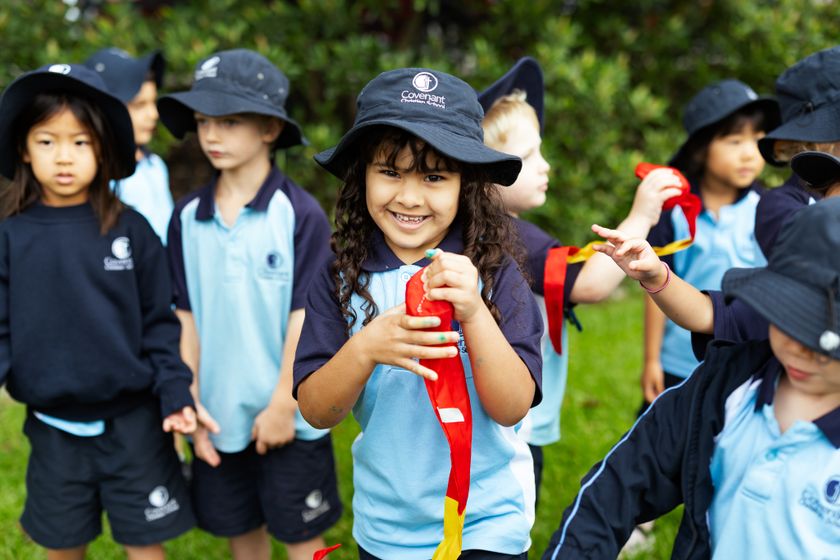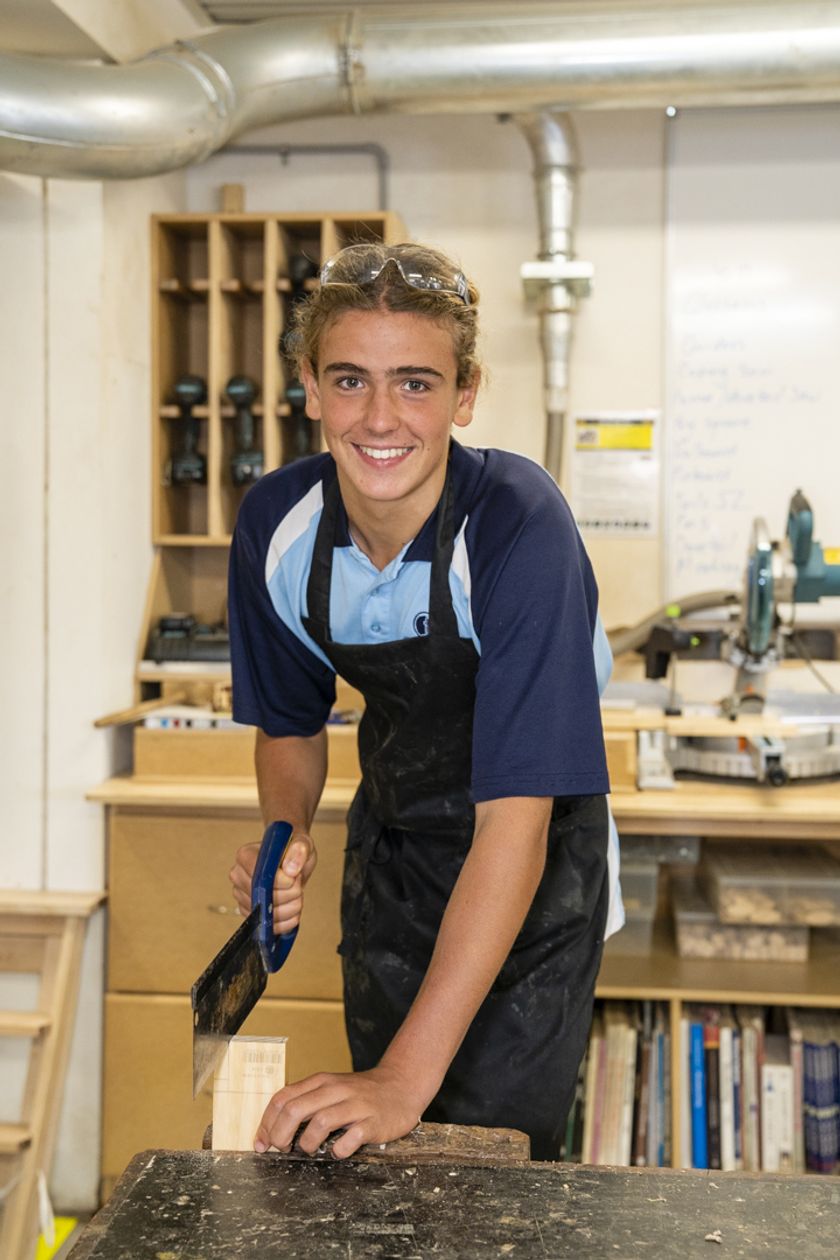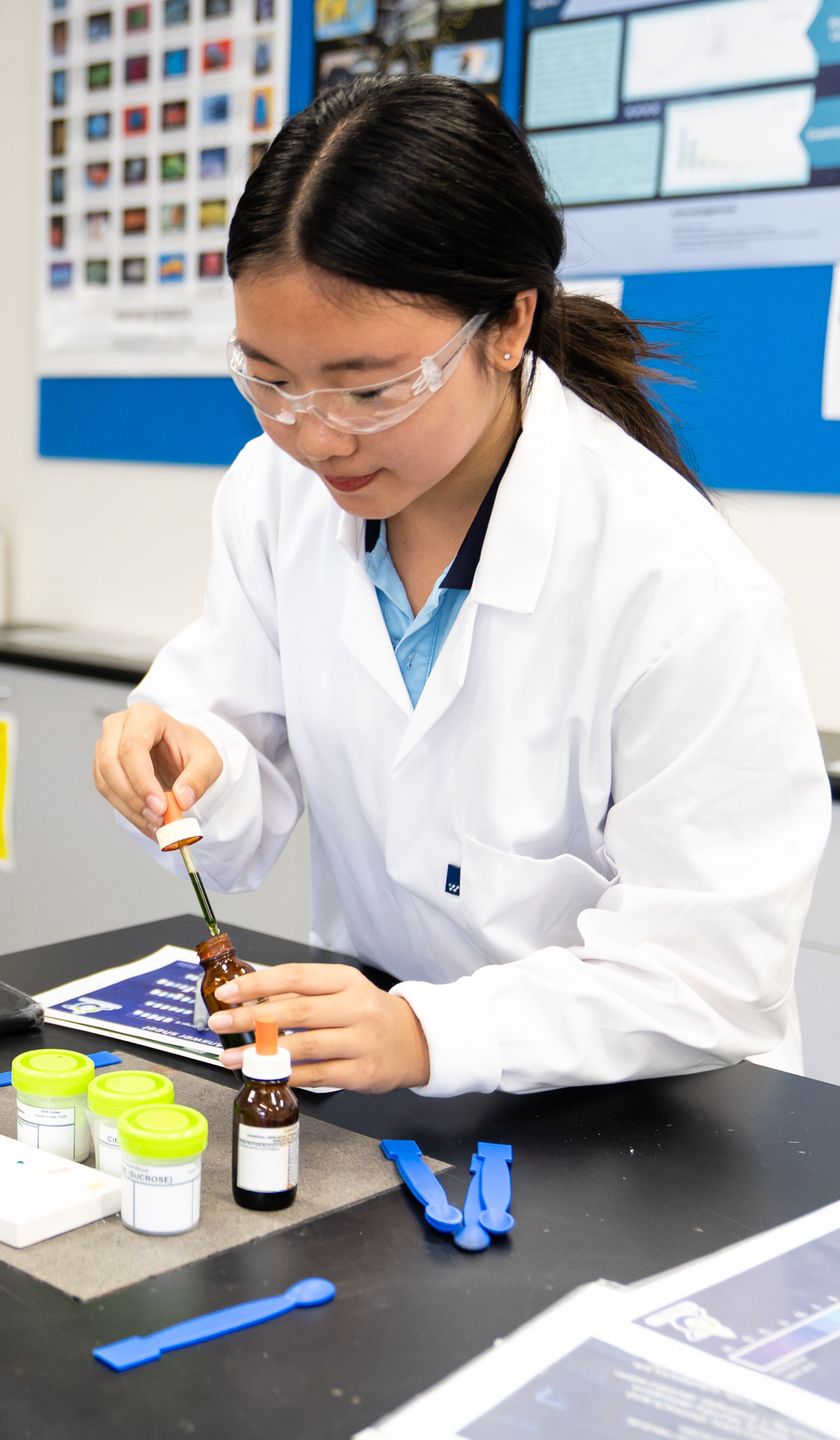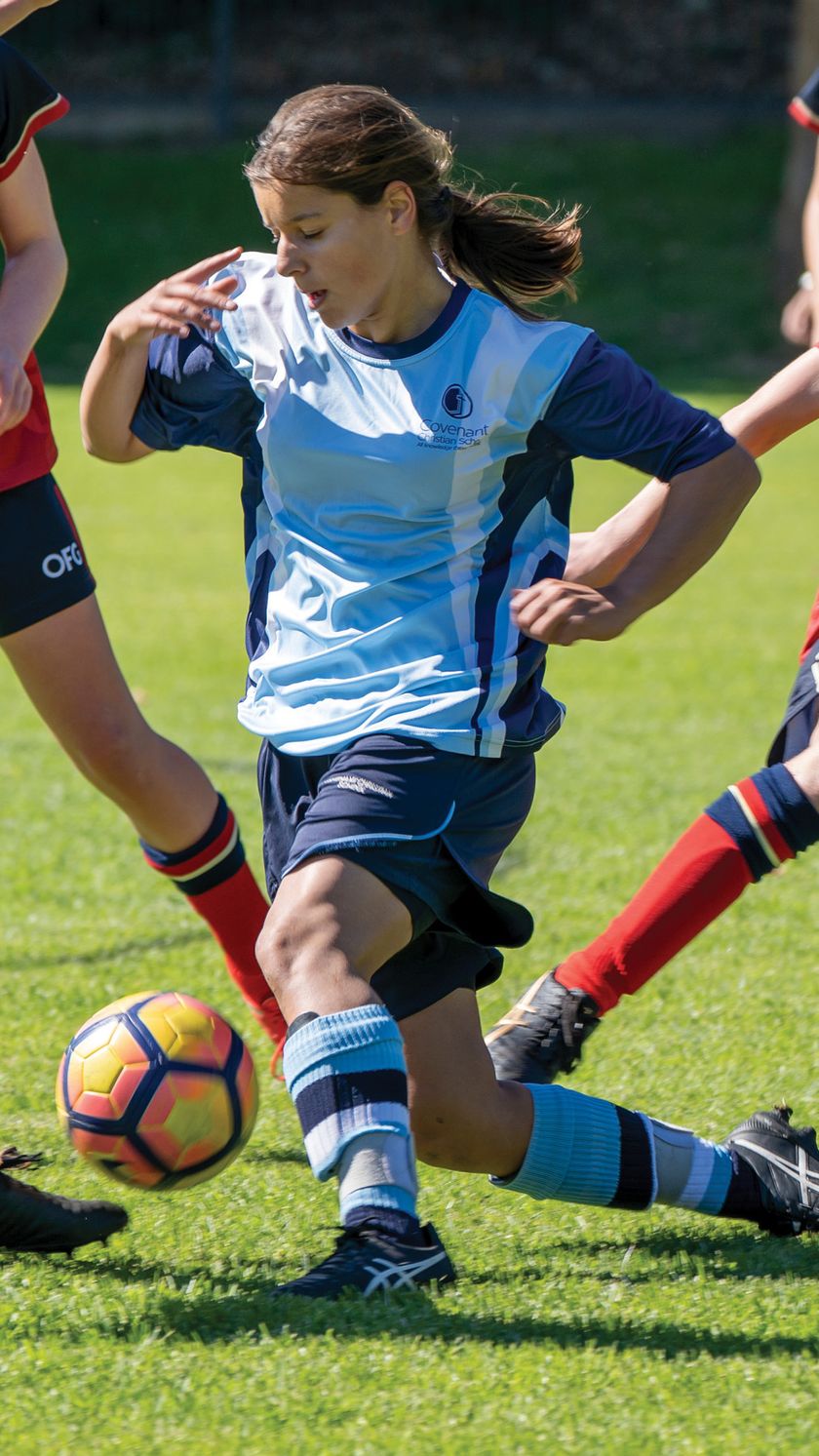






Our Extension and Enrichment Coordinator, Amanda Drain, is passionate about growing great thinkers! She does this in classrooms every day, but she also wants to support parents to grow great thinkers in their homes! In the video below, Amanda chats to Emily Smith, who teaches Kindergarten to Year 9 Extension and Enrichment, about growing curious, deeper thinkers.
If I had to choose just one question that transforms thinking, it would be: "What makes you say that?"
In the classroom it tells our students that their ideas matter, that their thinking is worth exploring, and - most importantly - that I value how they got to their answer, not just whether it’s right or wrong. When you ask “What makes you say that?” students need to push deeper into their thinking - justifying, making connections, explaining - such valuable and worthy actions for our brain to undertake.
At home, this question is just as powerful. Whether your child is explaining why they think a character in a book made a certain choice, why they believe something is unfair, or even why they think pineapple belongs on pizza - asking “What makes you say that?” does three things:
Try it this week! Next time your child shares an idea or opinion, resist the urge to respond immediately. Instead, ask “What makes you say that?” and see where the conversation takes you. You might be surprised by the depth of their thinking - and they’ll grow as a thinker because of it.
- Extension and Enrichment Coordinator, Mrs Amanda Drain
In my last article, I explored the power of asking “What makes you say that?” to encourage students to push deeper into their thinking. Over the last few weeks, I’ve been reflecting on an equally powerful response: “I don’t know.”
This response can of course signal the complete absence of thinking:
“What do you think about Hamlet’s choices?”
“I don’t know.”
“What strategy could you use to solve that equation?”
“I don’t know.”
But in the right moments, “I don’t know” can spark curiosity, discussion, and deep thinking - for both the person saying it and those around them.
In exploring numbers with my Year 4 maths class last week, students asked, “Instead of 4 squared, can we do 4 triangled? 4 sphered? 4 to the power of pyramid?” I told the students, “I don’t know” (which was true!) That simple answer led to diagrams, models, debates - and even Mrs Mekerdichian, our Maths Coordinator, said it made her think about Maths in a whole new way!
At home, “I don’t know” has sparked rich discussions. Recently, when my daughter asked me at the dinner table what my favourite animal is, instead of my usual quick answer (meerkat!), I paused. My “I don’t know” led to a debate on meerkats vs. orcas - and a new #1 ranking! When my older daughter questioned our screen rules, “I don’t know” opened the door to a reasoned debate and a compromise.
Saying “I don’t know” shows that I don’t have all the answers - and that my thinking can evolve with new information. It models curiosity, learning, and growth, whether in the classroom or around the dinner table. Being a flexible thinker and a lifelong learner are characteristics we should all strive for. So, embrace and model the power of not knowing—you might be surprised by where it leads!
- Extension and Enrichment Coordinator, Mrs Amanda Drain
In my classroom, I used to have a picture showing two figures—one racing across the surface of the water in a speedboat, and one scuba diving slowly along the reef below. In this classroom, we chose to be scuba divers. We slowed down. We looked closely. We dove deeper. We noticed more.
When we take time to notice, we build a richer, deeper understanding of the world around us. The more we notice, the more we train our brains to pay attention, to think deeply, and to appreciate the complexity of the world around us.
At …´Ω‰÷±≤• you‚Äôll find teachers using thinking routines like See, Think, Wonder or Zoom In to help students slow down and notice. It‚Äôs a skill that helps to form the foundation of deep thinking across every subject - and it‚Äôs something you can encourage easily at home too.
Picture books are one of my favourite places to notice things. Next time you’re reading with your child, pause on each page and invite them (and yourself!) to notice just one new detail:
"I've noticed that the hat has blown away from the picnic rug..."
"I've noticed that the illustrator uses really drippy watercolours..."
You’ll be amazed at how much more there is to see - even in a story you have read dozens of times.
With older children, noticing might happen during a movie:
"Did you notice how the music changes the way we feel about the scene?"
Or when reading the Bible together:
"What do you notice about the reactions of different disciples to the messages that Jesus brings?”
You might even simply encourage them to be more alert to the small details around them - like the changing colours of leaves, a design on a t-shirt, or the way your dog reacts to different sounds.
We can help our children become great thinkers by first helping them to become great noticers.
One of our amazing Junior School teachers asked me a deceptively simple question last week. “What is a day?” he asked, based on a conversation with a student in his class. I spent the rest of my duty pondering that question and was excited to be able to generate so many different answers: 24 hours, the amount of time it takes for the earth to rotate 360 degrees around the sun, 1/365 of a year (though that is not exactly correct), 1440 minutes, 86,400 seconds, when the small hand on the clock goes all the way around twice….
Apart from generating lots of possible answers to this question, it reminded me how important it is to get our students to be thinking in this way. We don’t always need to give them more information. We need to give them time to explore and apply the knowledge that they already have. There is so much creativity to be had when we challenge ourselves to generate multiple solutions and ideas. How many ways can you show me six fingers? How many pizzas can you make using a combination of three toppings? How many different points of view can be taken here?
Asking questions like this doesn’t just build creativity. It helps students learn to think more clearly and notice things they might otherwise miss. When kids are encouraged to explore different ways of seeing or doing something - like thinking about what kindness really looks like, or all the ways someone could be a leader - they start to grow into people who think carefully and consider all the options.
These kinds of conversations at school and at home can help shape young minds to have both depth and flexibility in their thinking. Try asking a few open-ended questions around the dinner table or in the car. You might be surprised by how deeply your child is able to think, and how much you both enjoy the challenge.